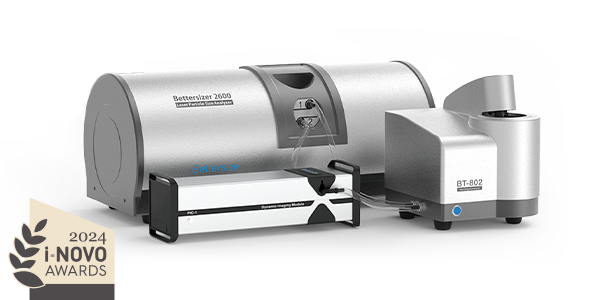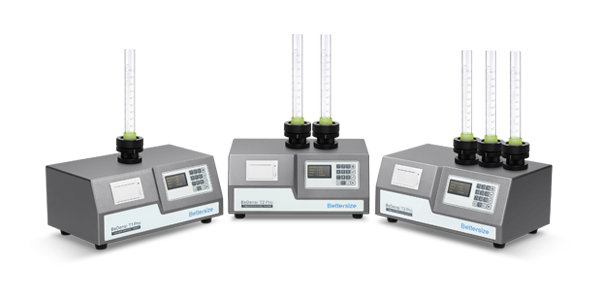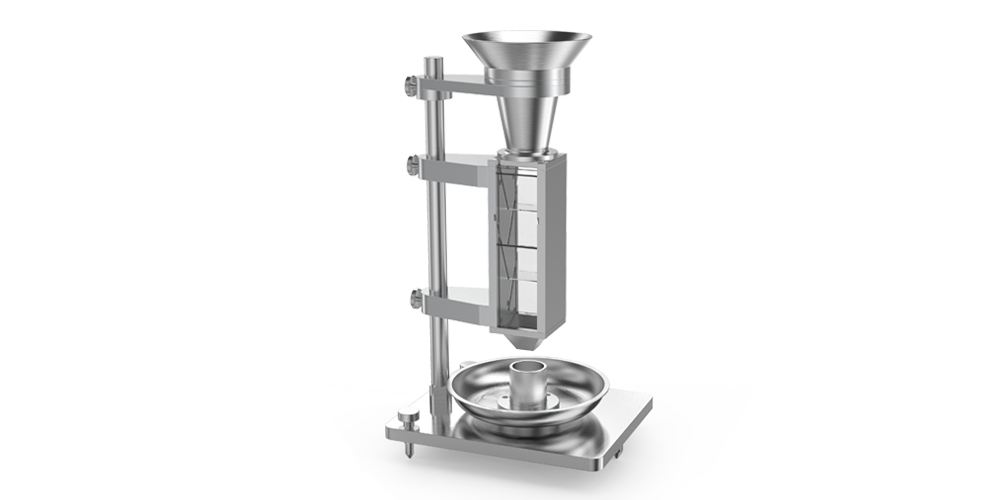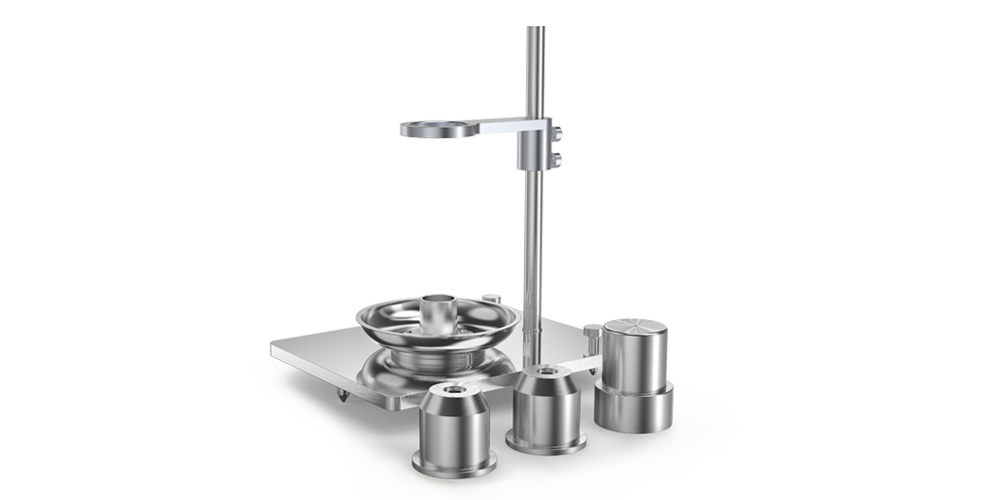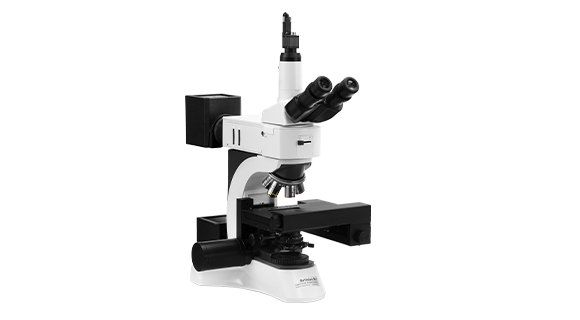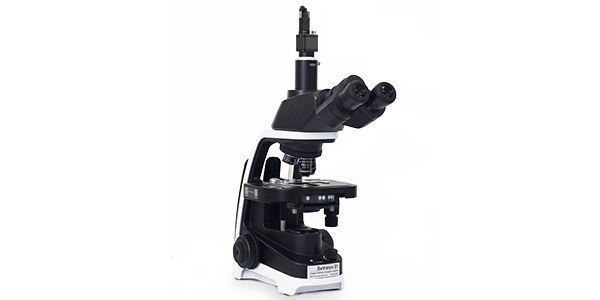Fabrication additive
Vous fournir la taille des particules et la forme des forme des particules des métaux.
La fabrication des métaux fait appel à divers procédés physiques et chimiques, notamment le broyage, l'atomisation gazeuse, liquide et centrifuge, la réduction directe et l'extraction. Chaque méthode est soumise à des indices de contrôle stricts, tels que la température, la pression, la qualité, l'isolation et la protection, afin de garantir la taille et la forme des particules, la qualité et d'autres propriétés physiques et chimiques des produits finaux.
En testant la taille et la forme des particules ainsi que les propriétés physiques de la poudre, les instruments Bettersize permettent de surveiller et de contrôler la qualité des produits, d'améliorer la qualité des produits et d'optimiser la technologie de production dans le processus de développement et de fabrication des métaux. Les produits applicables comprennent la poudre d'aluminium, le bismuth, le bronze, les carbures métalliques, le cadmium, le chrome, le cobalt, la poudre de cuivre, le gallium, l'hafnium, l'indium, la poudre de fer, le plomb, la poudre de magnésium, la poudre de molybdène, le nickel, le niobium, le platine, le rhénium, le rubis, etc, platine, rhénium, rubidium, silicium, argent, strontium, tantale, étain, dioxyde de titane, tungstène, vanadium, yttrium, poudre de zinc et oxyde de zirconium, ainsi que d'autres métaux rares et de nombreux alliages différents de ces métaux primaires.
En outre, l'analyse de la taille et de la forme des particules est nécessaire dans la fabrication de pièces en métallurgie des poudres. Les composants métalliques en poudre sont fabriqués à partir de métal en poudre à l'aide de diverses techniques de fabrication. Ces techniques comprennent le pressage et le frittage, le forgeage de poudre, le pressage isostatique à chaud, le frittage assisté par courant électrique, le moulage par injection de métal et la fusion sélective au laser.
Les spécifications relatives à la taille d'une poudre métallique atomisée sont souvent plus strictes que celles de nombreux autres procédés de fabrication de pièces. Le D(50) peut être plus petit et la distribution de la taille des particules plus étroite pour les pièces complexes avec des surfaces minces. Des distributions bimodales peuvent être nécessaires pour maximiser la densité en vrac sur le lit de fusion laser afin d'optimiser la densité et la résistance et de minimiser les vides dans les pièces finies.
Les particules produites doivent être très sphériques et présenter une surface lisse pour assurer une bonne fluidité et un bon remplissage du lit de fusion laser.
Les contaminants sont nuisibles dans toute poudre métallique, même un seul contaminant peut causer un défaut ponctuel dans une section très fine d'une pièce. L'analyse dynamique d'images peut être utilisée dans le cadre du contrôle de la qualité pour vérifier si les particules sont irrégulières, présentent une surface rugueuse ou sont translucides. La quantité de matériau impropre à l'usage peut être quantifiée en tant que proportion de l'échantillon en volume ou en nombre.
Le recyclage de la poudre métallique peut entraîner son usure et sa contamination lors du recyclage. Si elle sort des spécifications, elle doit être fondue et réatomisée - une dépense coûteuse - pour produire à nouveau une poudre conforme aux spécifications.
Le contrôle de la qualité des poudres métalliques doit être effectué pour répondre aux spécifications de qualité des fabricants de poudres lors de l'inspection à la sortie et des fabricants de pièces de métallurgie des poudres lors de l'inspection à l'entrée. La morphologie et la distribution de la taille des particules de la poudre influencent la fluidité, la densité de tassement et le niveau de contamination des poudres métalliques.
En outre, la mesure de la morphologie et de la distribution de la taille des particules de la poudre à l'aide des systèmes ci-dessous permet de déterminer la résistance à l'état vert, la porosité, la résistance au frittage et les propriétés mécaniques des pièces formées.
Citations
- Bettersizer 2600
Functional redundancy as an indicator for evaluating functional diversity of macrobenthos under the mussel raft farm near Gouqi Island
DOI: 10.1016/j.aquaculture.2023.740024 Read ArticleZhejiang Ocean University | 2024Biological traits analysis (BTA) helps to evaluate the effects of different environmental variables on the traits-based functional composition of macrobenthos. However, research on functional traits of macrobenthos under mussel farming is limited. We investigated the spatial and temporal response of the benthic system in terms of taxonomic and functional diversity to environmental variables of farming and natural stressors resulting from suspended mussel farming near Gouqi Island of eastern China Sea. The functional traits of macrobenthic assemblages under mussel farming were characterized by “medium adult body size”, “vermiform body form”, “high flexibility”, “infauna”, “semi-motile”, “gonochoristic”, “surface deposit-feeders”, “carnivores”, “semi-motile burrowers”, and “tube-dwellers”. Functional redundancy was stable in response to mussel farming stresses among seasons, whereas species diversity showed efficient to evaluate natural variables. Functional diversity was significantly affected by farming stressors rather than natural variables, Further analysis using multivariate methods together with continuous monitoring were highlighted to evaluate the impacts of mussel farming. Our results reinforce the importance of macrobenthic species and functional traits analysis to evaluate human stresses driven impacts in offshore ecosystems. By analysing the environmental variables with different sources, independently, we concluded the main effects of human pressures on macrobenthic community. Such distinction could be particularly effective to isolate variable environmental descriptors and evaluate their effects on functional diversity, making the current approach promising for the evaluation of ecological effects of anthropogenic stressors in aquaculture areas. - Bettersizer 2600
Degradation characteristics and utilization strategies of a covalent bonded resin-based solid amine during capturing CO2 from flue gas
DOI: 10.1016/j.seppur.2023.125621 Read ArticleChina University of Petroleum | 2024In this study, various types of degradation as well as attrition which are possibly encountered in a circulating fluidized bed temperature swing adsorption (CFB-TSA) process, were conducted experimentally to evaluate the stability of a resin-based solid amine sorbent. Other characterizations methods, such as elemental analysis (EA), Fourier transform infrared spectroscopy (FTIR) etc. were applied to further reveal the degradation mechanisms. The results showed that thermal degradation occurs from 140–160 °C due to the decomposition of amine group. The CO2-induced degradation occurs from a higher temperature of 160–180 °C accompanied by the production of urea. Hydrothermal stability is good below 130 °C, but the ionic impurities in steam crystalized on particle surface can accelerate the degradation. Oxidative degradation is the most harmful, which starts at a lower temperature of 70–80 °C with the formation of aldehyde. The existence of H2O in atmosphere can alleviate the oxidative and CO2-induced degradations. The employed sorbent has a very low attrition index of 0.05, which is 1–2 orders lower than typical commercial fluidized bed catalysts. Based on the results of stability evaluation, some design suggestions for proper utilization of this sorbent or other similar resin-based sorbents have been provided in an industrial CFB-TSA process.
- Bettersizer 2600
De-branching of starch molecules enhanced the complexation with chitosan and its potential utilization for delivering hydrophobic compounds
DOI: 10.1016/j.foodhyd.2023.109498 Read ArticleShihezi University | 2024The current study aimed to prepare the complexes between debranched-waxy corn starch and chitosan polymers (DBS-CS), and then investigated their corresponding structural characteristics, rheological property and potent application in Pickering emulsion. The results indicated that the existence of chitosan significantly inhibited starch short-range molecular rearrangement for all DBS-CS samples, which was manipulated by both debranching treatment and chitosan content. Interestingly, this is the first study to reveal that the outstanding peak at 1.8 ppm in 1H NMR spectrum for sample DBS-CS was gradually shifted towards a lower-field region following an increased chitosan content. Moreover, the debranching treatment shifted the crystallinity pattern from A-type to B-type and the relative crystallinity of DBS-CS decreased gradually with the increased content of CS. All samples had a pseudoplastic fluid and shear-thinning behavior with an enhanced shear resistance following the complexation. The DBS-CS was applied in a Pickering emulsion for showing a greater emulsifying stability and a lower gel strength than native NS-CS prepared emulsion. Importantly, the encapsulation ability of curcumin in the DBS-CS emulsion was significantly improved, followed by an increase of 15.45% for its corresponding bioavailability compared to the control. Therefore, this study might highlight a potential carrier for delivering the bioactive substances in a green pattern. - Bettersizer 2600
Heat-induced aggregation behavior of wheat gluten after adding citrus pectin with different esterification degree
DOI: 10.1016/j.foodhyd.2023.109420 Read ArticleGansu Agricultural University | 2024Wheat gluten aggregation during heat treatment is beneficial to the final quality of gluten-based products. Exogenous pectin can affect gluten aggregation. However, the effect of pectin with different degrees of esterification on the heat-induced aggregation behavior of gluten and its possible mechanism are still unclear. Thus, the heat-induced aggregation behavior of gluten after adding pectin with different esterification degree was studied in this study. When the temperature was raised from 25 °C to 95 °C, pectin affected gluten aggregation and was related to the degree of esterification. Specifically, the results of rheological properties and particle size indicated that low-ester pectin improved the viscoelasticity of gluten and promoted gluten aggregation. Thermal properties revealed that enthalpy of gluten added with low-ester pectin (37%) increased from 92.96 J/g to 95.40 J/g during heating process. Structurally, the fluorescence intensity and surface hydrophobicity of gluten added with low-ester pectin (37%) were lower than those added with high-ester pectin (73%). In addition, low-ester pectin (37%) significantly increased the disulfide bond content (from 15.31 μmol/g to 18.06 μmol/g) and maintained β-sheet content of gluten compared with gluten alone at 95 °C, indicating that low-ester pectin was more likely to induce gluten aggregation. However, scanning electron microscope showed that the gluten added with low-ester pectin (46%) exhibited a denser network structure at 95 °C than that added with low-ester pectin (37%). These results will provide a theoretical base for the regulation of gluten aggregation and the quality of gluten-based products by pectin with different esterification degree.
- 1
- 2
- 3
- 4
- 5
- 6
- 84
Ressources sélectionnées
- Application Note
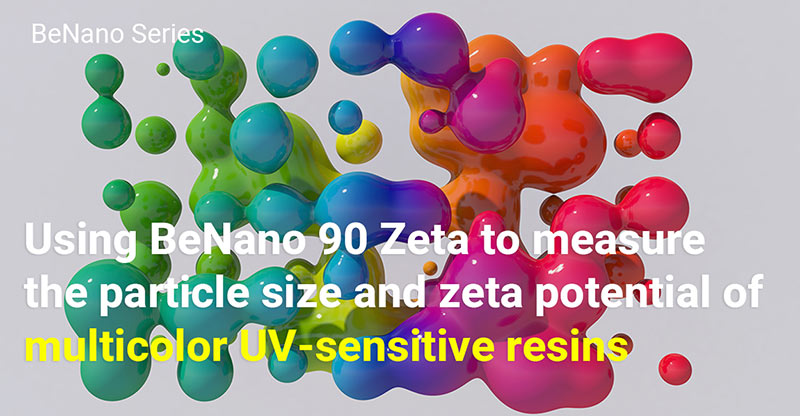 bigClick
bigClick2023-07-05
Using BeNano 90 Zeta to measure the particle size and zeta potential of multicolor UV-sensitive resins
- Application Note
 bigClick
bigClick2022-04-06
Particle characterization for additive manufacturing: Analysis of the key parameters particle size and shape using only one instrument
Analyseur de taille de particules apparenté
-
Bettersizer S3 Plus
Particle Size and Shape Analyzer
Measurement range: 0.01 - 3,500μm (Laser System)
Measurement range: 2 - 3,500μm (Image System)
-
Bettersizer 2600
Laser Diffraction Particle Size Analyzer
Measurement range: 0.02 - 2,600μm (Wet dispersion)
Measurement range: 0.1 - 2,600μm (Dry dispersion)
Measurement range: 2 - 3,500μm (Dynamic imaging)
-
BeDensi T Pro Series
Tapped Density Tester with a Wallet-Friendly Solution
Number of Workstations: 1-3
Tapping Speed: 100 - 300 taps/min
Repeatability: ≤1% variation
-
BeDensi B1-S
Scott Volumeter
Measurement: Bulk Density
Compliance with USP, Ph. Eur., ASTM, and ISO standards
-
HFlow 1
Flowmeter Funnel
Measurement: Bulk density and Flow rate
Compliance with USP, Ph. Eur., ASTM, and ISO standards
-
PowderPro A1
Automatic Powder Characteristics Tester
Operation Mode: Automatic
Tapping Speed: 50 - 300 taps/min
Repeatability: ≤3% variation
-
BeVision D2
Dynamic Image Analyzer
Dispersion type: Dry
Measurement range: 30 - 10,000μm
Technology: Dynamic Image Analysis
-
BeVision M1
Automated Static Image Analyzer
Dispersion type: Dry
Measurement range: 0.3 - 10,000 μm
Technology: Static Image Analysis
-
BeVision S1
Classical and Versatile Static Image Analyzer
Dispersion type: Dry & Wet
Measurement range: 0.3 - 4,500 µm
Technology: Static Image Analysis



